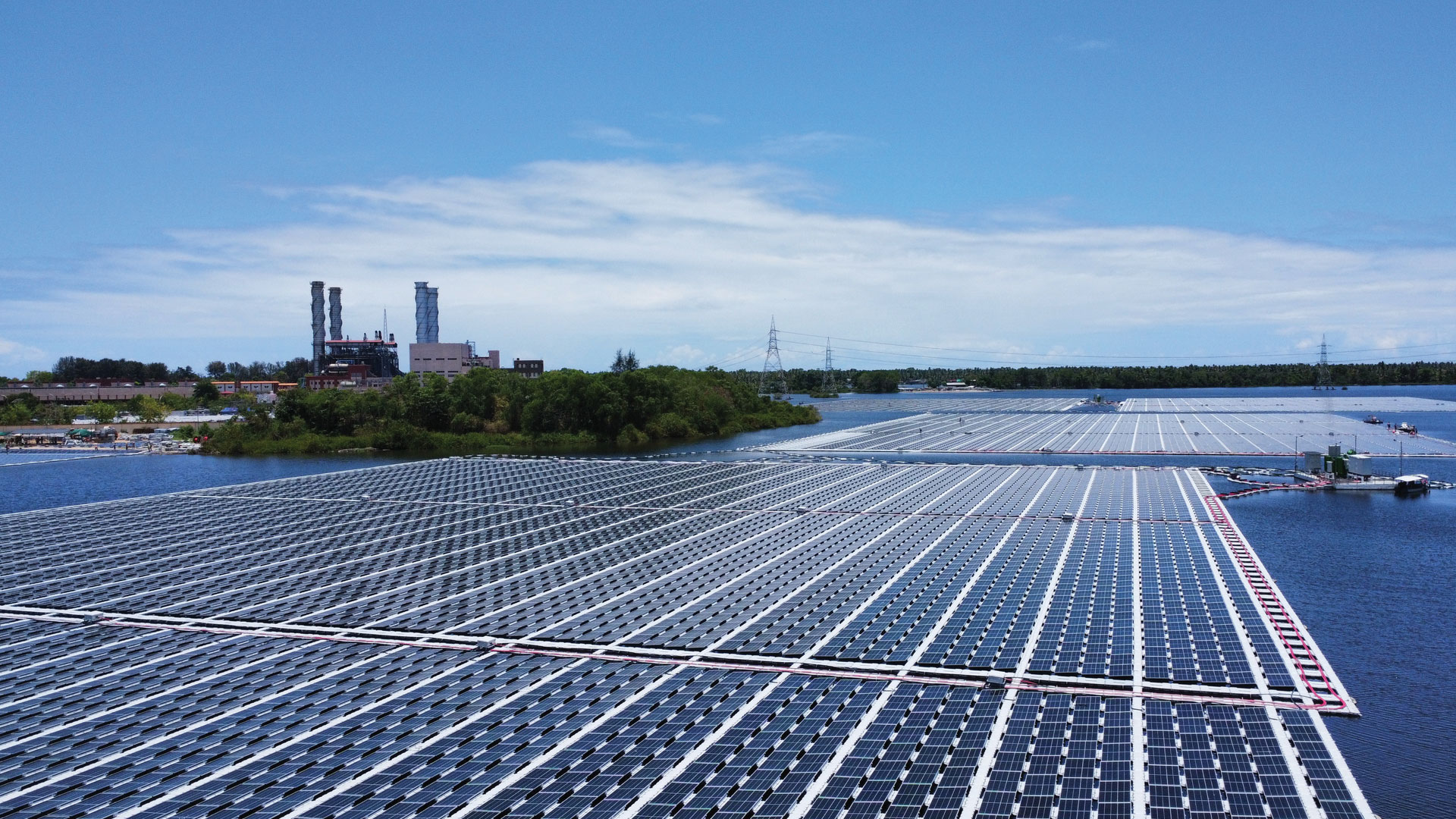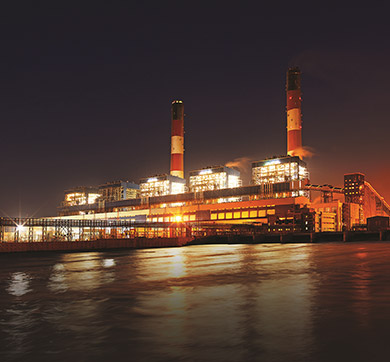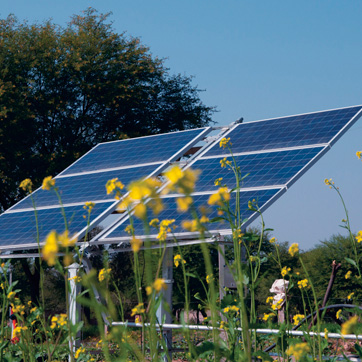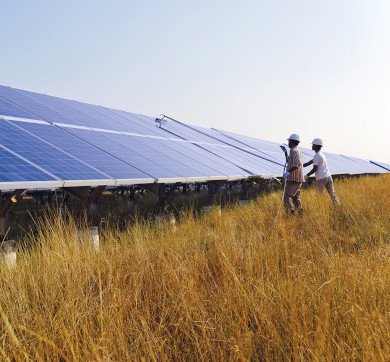May 2024 | 1577 words | 7-minute read
Rewind to 2018. Tata Power is one of India’s largest integrated power companies, with technology leadership, project execution excellence, world-class safety processes and green initiatives. Fast forward to 2024, Tata Power has maintained this core business proposition, while also aspiring to become a preferred clean energy player with renewable energy projects, solar rooftops, EV charging stations, green tariff for retail consumers, smart metering, and home automation. Leading Tata Power through this transition is Dr Praveer Sinha, Chief Executive Officer and Managing Director.
With over 30 years of experience in the power sector, Dr Sinha has played a key role in India’s power distribution sector and setting up greenfield and brownfield plants. Under his leadership, Tata Power has achieved significant goals, such as setting up a 1.1GW solar cell and module manufacturing plant in Bengaluru, crossing 1.4GW capacity of group captive projects, and installing 10 lakh smart meters across India. It has also announced a 4.3GW solar cell and module manufacturing plant in Tamil Nadu and 2.8GW pumped hydro storage projects in Maharashtra. These efforts translated into the company crossing the `1 lakh crore market capitalisation milestone on December 7, 2023, becoming only the sixth company in the Tata group to achieve this feat.
Excerpts from an interview.
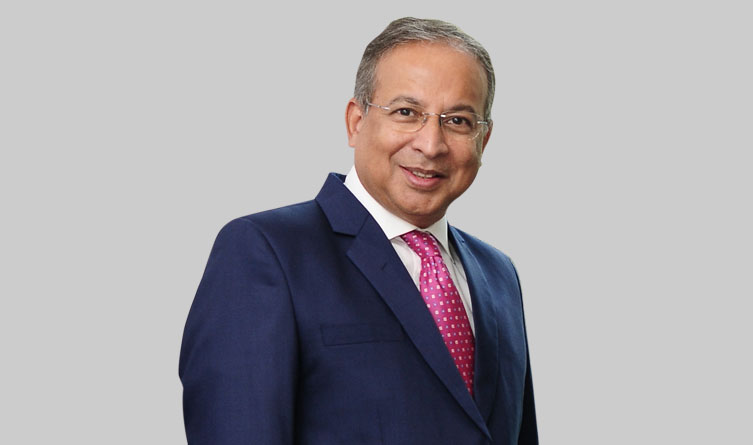
Tata Power hit a market capitalisation of Rs 1 lakh crore when the stock price rose 7% to Rs 315. Can you share insights on factors contributing to this?
At the heart lies the consistent performance by our businesses, resulting in Tata Power reporting its 17th consecutive quarter of PAT [profit after tax] growth in Q3FY24. This has been achieved from profits of core business, such as generation, renewable, and transmission and distribution (T&D), contributing 71% to PAT in nine months of FY24 compared to 40% in FY23.
We had announced our 2.8GW pumped storage project, unleashing the hidden potential of our hydro assets with the potential of additional 9GW. We had also communicated our long-term aspirations to double our revenue, PAT and EBITDA in the next four years, and believe the markets saw a clear road map in realising these goals.
Tata Power is transforming itself from a century-old power utility company into a new age green energy solutions provider. What has led this transformation?
Since its inception, Tata Power has been steeped in the ethos of sustainability and innovation. In its long history, the company’s initial years were primarily related to hydel and conventional power generation. This was followed by technological interventions that transformed it into the future-ready green energy solutions provider it is today.
The first hydroelectric plant was set up in Mumbai in 1915, at a time when there was no technology to bring in undersea cables or even have transmission lines crossing the sea. But we did it. We set up coal-based plants in Trombay in 1955, and a strategic electronics division to provide support for defence purposes in 1974. The first SCADA system, smart meter, distribution automation, and underground grid are all attributed to us.
In 1992, we converted air-insulated substations into gas-insulated substations at Carnac Bunder [Masjid Bunder], reducing the area requirement to one-fourth of a normal grid. The first solar manufacturing plant was set up in India with Tata Power and BP Solar in 1992.
In the mid-2010s, around 2015-2020, the world started moving towards clean energy. We felt it was time to reset ourselves and work on Tata Power 2.0. In 2020, we took a strategic decision to move towards 24/7 clean energy solutions.
How is Tata Power positioning itself as a major player in sustainability given the accelerating pace of growth in India’s energy landscape?
In 2020, we consciously decided not to add coal-based generating assets to our portfolio and to focus entirely on creating clean energy assets. With the goal of becoming a 100% renewable energy utility by 2045, we started focusing on large EPC [engineering, procurement, and construction] solar projects, building a strong retail portfolio that included rooftop solar and home automation solutions, investing in solar manufacturing capacity, and growing into new businesses like EV charging.
Tata Power’s solar rooftop business has a presence in 500+ cities and commands a major market share of 18%. We are uniquely positioned to be a lead supplier of rooftop solar to support the target of 10 million solar rooftops under the PM Suryodaya scheme, with our 4.9GW in-house solar module and cell manufacturing facility in Tirunelveli [Tamil Nadu] and Bengaluru. Our integrated digital technology solutions, whether for commercial, industrial, or utility, will help optimise generation and utilisation.
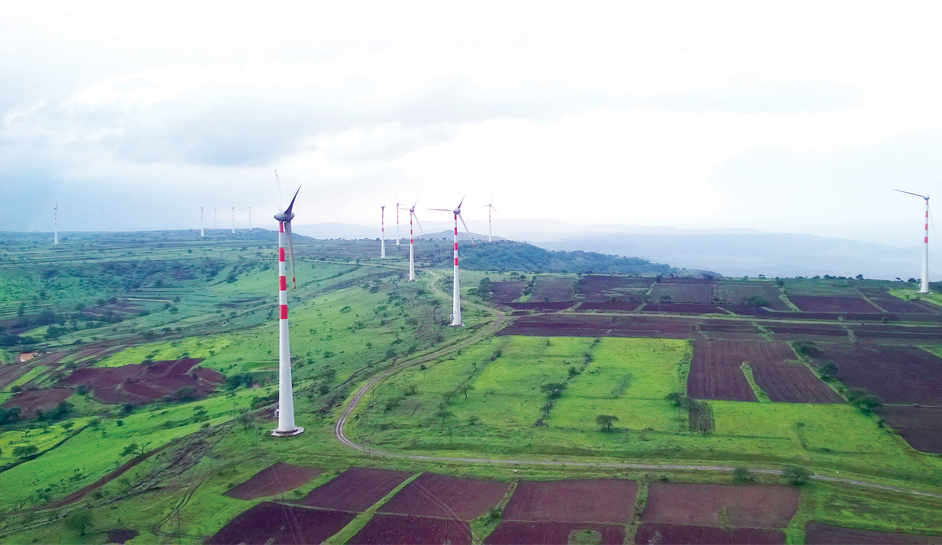
What about accessibility?
The aim of our ambitious microgrids project is to provide universal access to energy. We have come up with smart solutions and technological interventions to ensure we are able to provide 24/7, self-sustaining clean energy solutions in an off-grid condition to villages through a mix of solar battery and bio CNG.
We are present in 200 villages in Uttar Pradesh and Bihar. These villages have residential access to electricity, but for commercial and industrial activities, they were dependent on DG sets. They are now transitioning to the solar microgrid project. Along with microgrids, we are supporting the entire microenterprise ecosystem, including tie-ups with partners to provide financing, equipment, and know-how to improve their economic performance.
At present, we are striving to make this project commercially viable on a standalone basis and not through CSR funding or a project on grants.
Tata Power has announced a capex of Rs 60,000 crore by FY27, 45% of which would be deployed in the renewable energy sector. Could you share your strategy?
We believe the renewable sector will have solid growth for the foreseeable future with the government firmly pushing its target of 500GW capacity by 2030. Deploying 45% of the overall capex to this segment would result in our clean and green portfolio rising from 5.5GW to 15GW by 2027.
There are three ways we plan on achieving this target. The first is through the state-of-the-art solar module and cell manufacturing factory in Tamil Nadu. The objective is that nearly 80% of it will be consumed within Tata Power, be it on utility scale or group captives or rooftops, and the remaining will be sold or exported. The second is to create utility scale projects for states and group captive projects for commercial and industrial customers. We hope to provide 2-2.5GW every year in a combination of utility and group captive projects and 500-700MW of solar rooftops.
Lastly, we will also be setting up pumped hydro projects. We are looking at two large-scale facilities — one of 1,000MW in Bhivpuri and another of 1,800MW at Shirota in Maharashtra. We expect to add nearly 2,800MW of pumped storage in the next five years. The objective is to have generation capability for round-the-clock requirements.
What are some key trends shaping the industry and how are you poised to lead in these spaces?
India is expected to become a $10 trillion economy by 2035. In alignment with India’s goal to become a carbon-neutral economy by 2070, Tata Power will be a 70% green energy company by 2030, and will be net zero by 2045. We are also adding to our capacity as we foresee demand from industrialisation and infrastructure projects as this is the ‘India decade’.
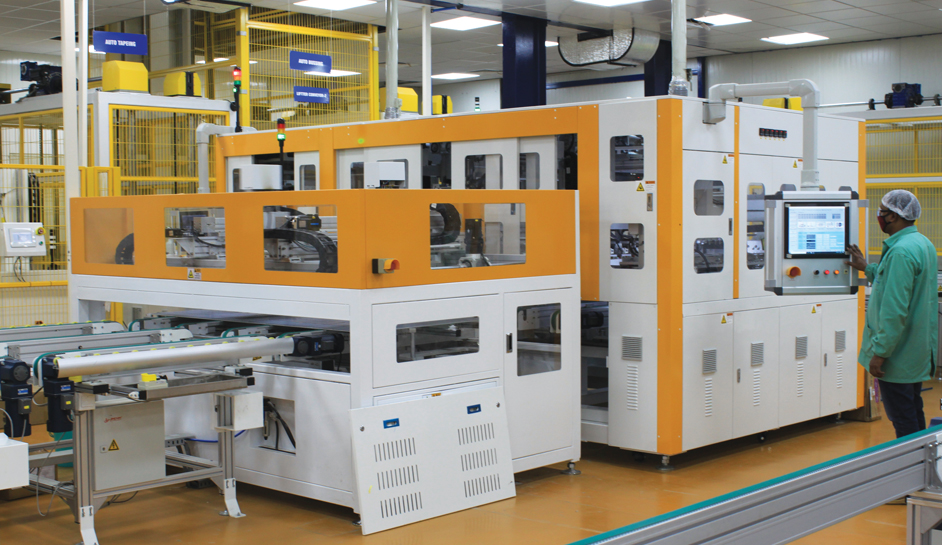
Privatisation of government power distribution companies aligns with industry trends of efficiency, innovation and customer centricity. What are your thoughts on this?
The amendment to the Electricity Act is expected to be implemented after the 2024 general elections, providing an opportunity for the market to open to private players and aid competition. In most states, the supply is with government-owned discoms, and we could opt for a public-private partnership, like in Delhi and Odisha. Today we have 50% market share among other private distribution companies and expect to leverage our experience in Odisha in other states through similar partnerships.
From an employer branding point of view, how is the company attracting talent?
From a purely brick-and-mortar industry, Tata Power is today perceived as the frontrunner in technology and sustainability initiatives. Talent wanting to work in an innovative, creative, and tech-driven space feel Tata Power is a great fit. We are getting a huge amount of interest, which we were not getting 15-20 years ago.
How is Tata Power driving synergies among Tata companies?
We have partnered with Tata Steel, Tata Autocomp, Tata Motors, Indian Hotels Company Ltd, Agratas and Tata Electronics, among others, to empower them to realise their renewable energy ambitions.
"We believe the renewable sector will continue to have solid growth ... Deploying 45% of the overall capex to this segment would result in our clean and green portfolio rising from 5.5GW to 15GW by 2027."
We offer clean, affordable, and sustainable energy and are a dependable partner. Conversely, Tata Projects and Tata Consulting Engineers provide us engineering and project management support. We are also aligned with the Aalingana initiative and have set interim targets, including zero wastewater and 100% solid waste management by 2030.
What are the top priorities for your business in the near to medium future?
Our top priorities are to remain focused on our plans to expand the green energy portfolio with round-the-clock reliability, make the distribution business more profitable, and invest more in customer advocacy to pave the way for mainstreaming clean energy in India. We aspire to be the most preferred and trusted green energy solutions partner and utility of choice for every customer.
- Esther Cabral




